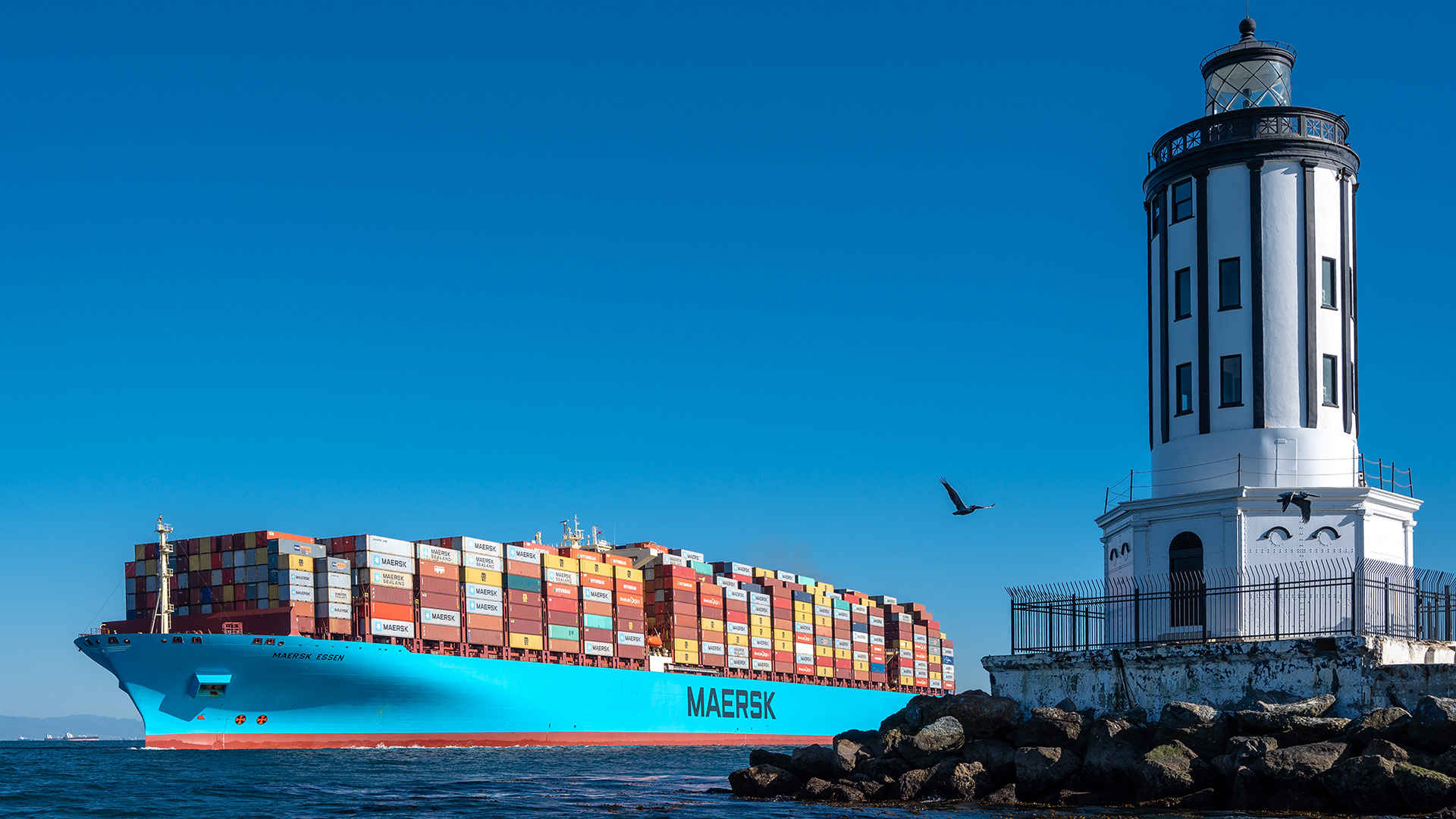The oceangoing shipping backup that has frustrated recyclers and all industries affected Fourth of July celebrations this year. American cities like Phoenix canceled fireworks displays on the nation’s birthday because their pyrotechnics were stuck on ships inbound from overseas.
A contract between shipping companies and 22,000 West Coast dockworkers expired July 1. But both sides continued to talk and said they want to avoid a strike that could savage an economy already stressed by soaring inflation and supply chain woes. A joint statement by the Pacific Maritime Association and the International Longshore and Warehouse Union said normal operations will continue at the ports until an agreement can be reached. “What happens on the West Coast affects just about all U.S. ports, because that contract sets the standard for others to follow,” ISRI Chief Lobbyist Billy Johnson explains.
Immediate labor concerns aside, what are port and terminal operators and shipping lines doing to groom workers for the future? While many of those Scrap News contacted were reluctant to speak on the record, we did get some enlightening answers.
“While Port NOLA and New Orleans Public Belt Railroad (NOPB) have about 500 direct employees, we are a landlord port, which means our tenants provide the bulk of the nearly 9,000 direct jobs generated annually by port activity,” says Jessica Ragusa, spokesperson for the Port of New Orleans, the eighth largest U.S. port.
ISRI members are actively managing cargo operations at shipping terminals nationwide. For example, Orange, Calif.-based SA Recycling operates a facility on Terminal Island in Los Angeles. Metairie, La.-based EMR Southern Recycling operates a facility on New Orleans’ Industrial Canal.
“We collaborate with our tenants, industry businesses, educational institutions, economic development partners, elected officials and others to help connect residents to jobs in the maritime industry,” Ragusa explains. “As an example, the port and NOPB host several maritime information career sessions with representatives from industry and education to inform job seekers about training pathways and about current job openings. We also connect with local colleges and universities to help identify training opportunities that align with maritime job needs.”
Training merchant ship officers is the job of seven degree-granting maritime academies in the U.S. Serving 1,000 students, California State University Maritime Academy in Vallejo, Calif., is one of them. “Mariners can enter the industry as junior officers—third mates or third engineers—after 3–4 years at a maritime academy,” explains Capt. Steve Browne, interim dean of Cal Maritime’s School of Marine Transportation. Many of those graduates earn six figures after their first year in the shipping industry.
Maritime academies get funding through several sources. As part of the Cal State system, Cal Maritime is funded by the California state budget and its students’ tuition. The federal government has also made a significant investment by providing training ships to maritime academies and subsidizing the fuel to run them. Recyclers can get involved in supporting educations, too.
“A combination of engineering education with sustainability and eco-design will prepare [maritime] students well in their careers, and partnerships are always encouraged,” says Sheikh Nayeem, Cal State’s director of energy and sustainability. “The shipping industry is moving towards greening its business because of rising climate change concerns. Ship makers, operators, and port owners are exploring cost-effective ways to green the sea transportation business by using cleaner fuels at ports and on water; minimizing waste; reducing carbon emissions; and reducing cost.”
The U.S. maritime industry benefits from the Jones Act. This century-old law helps to ensure the industry remains a vital force in support of American interests. More recently, three congressmen from California introduced the American Port Access Privileges Act (H.R. 8243), which would put U.S. exporters at the front of the line at domestic ports. One of the cosponsors, Rep. John Garamendi, also co-introduced the bipartisan, bicameral Ocean Shipping Reform Act of 2022, which ISRI supported and which became law on June 16.
Although it’s not designed as a jobs program, the new law gives the Federal Maritime Commission more powers to battle unfair detention and demurrage charges ocean carriers charge their customers.
The next article in this series will examine what the trucking industry is doing to build its future workforce.
Photo courtesy of the Port of Los Angeles. Caption: The container ship Maersk Essen enters Los Angeles Harbor.
Additional Resources













